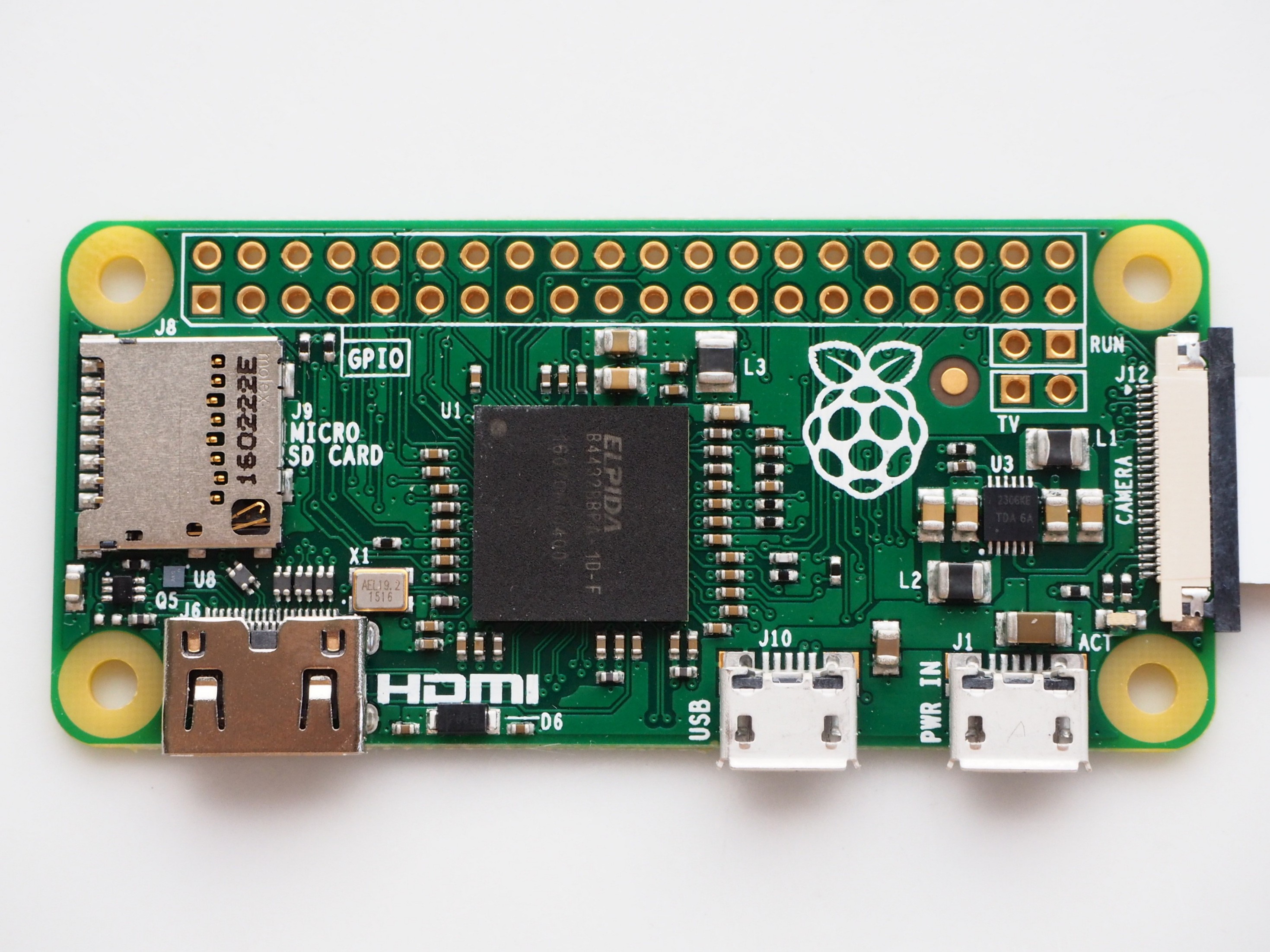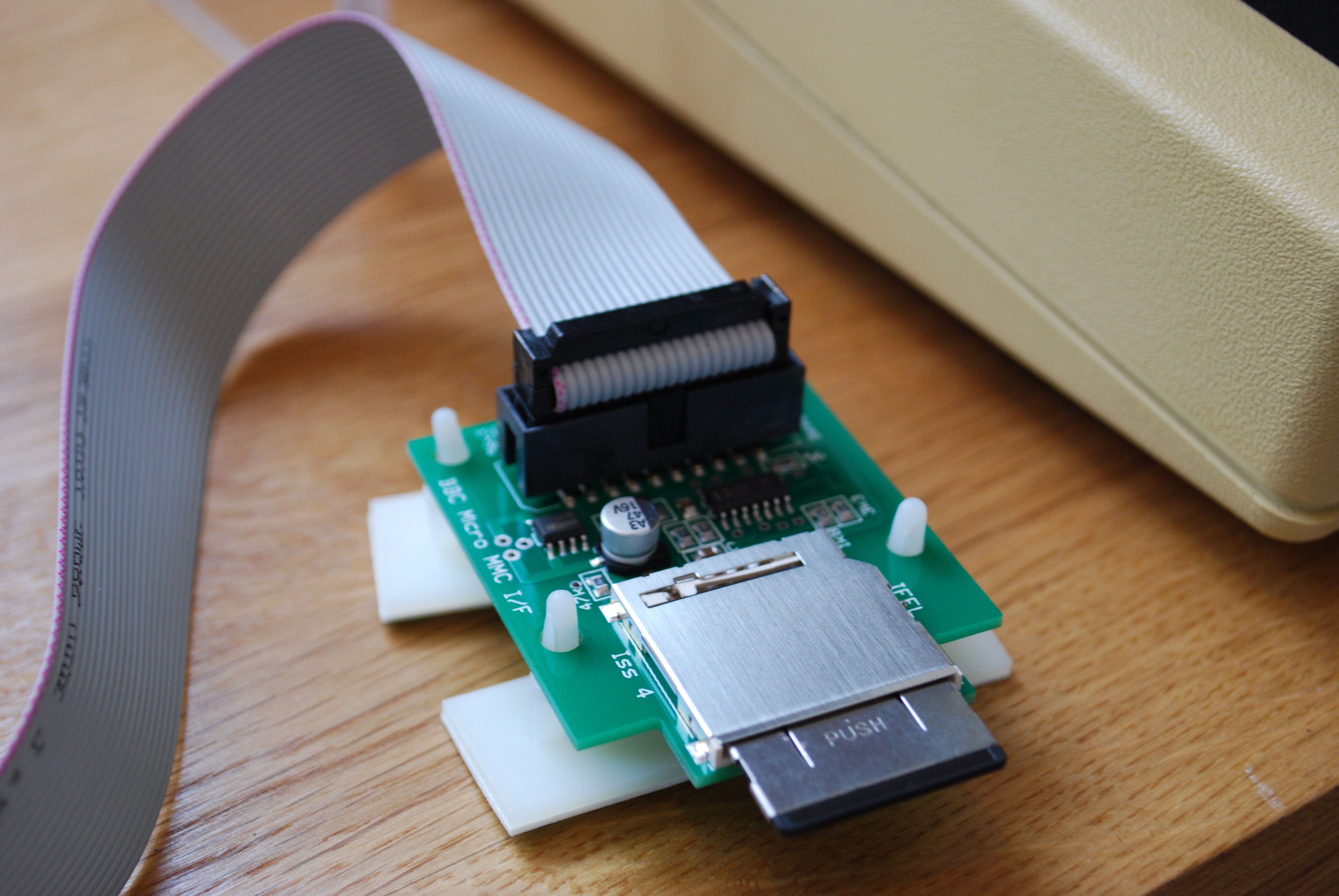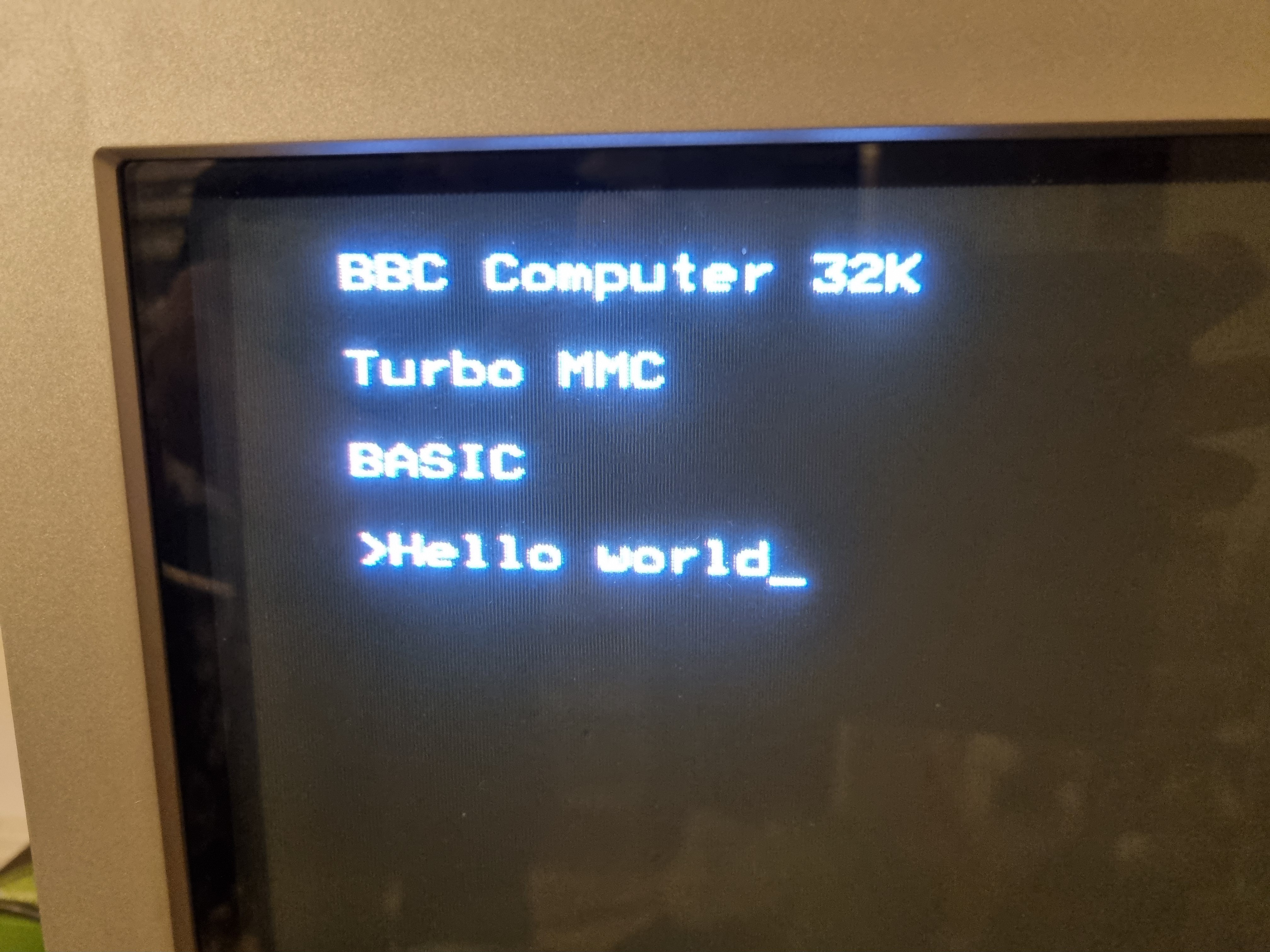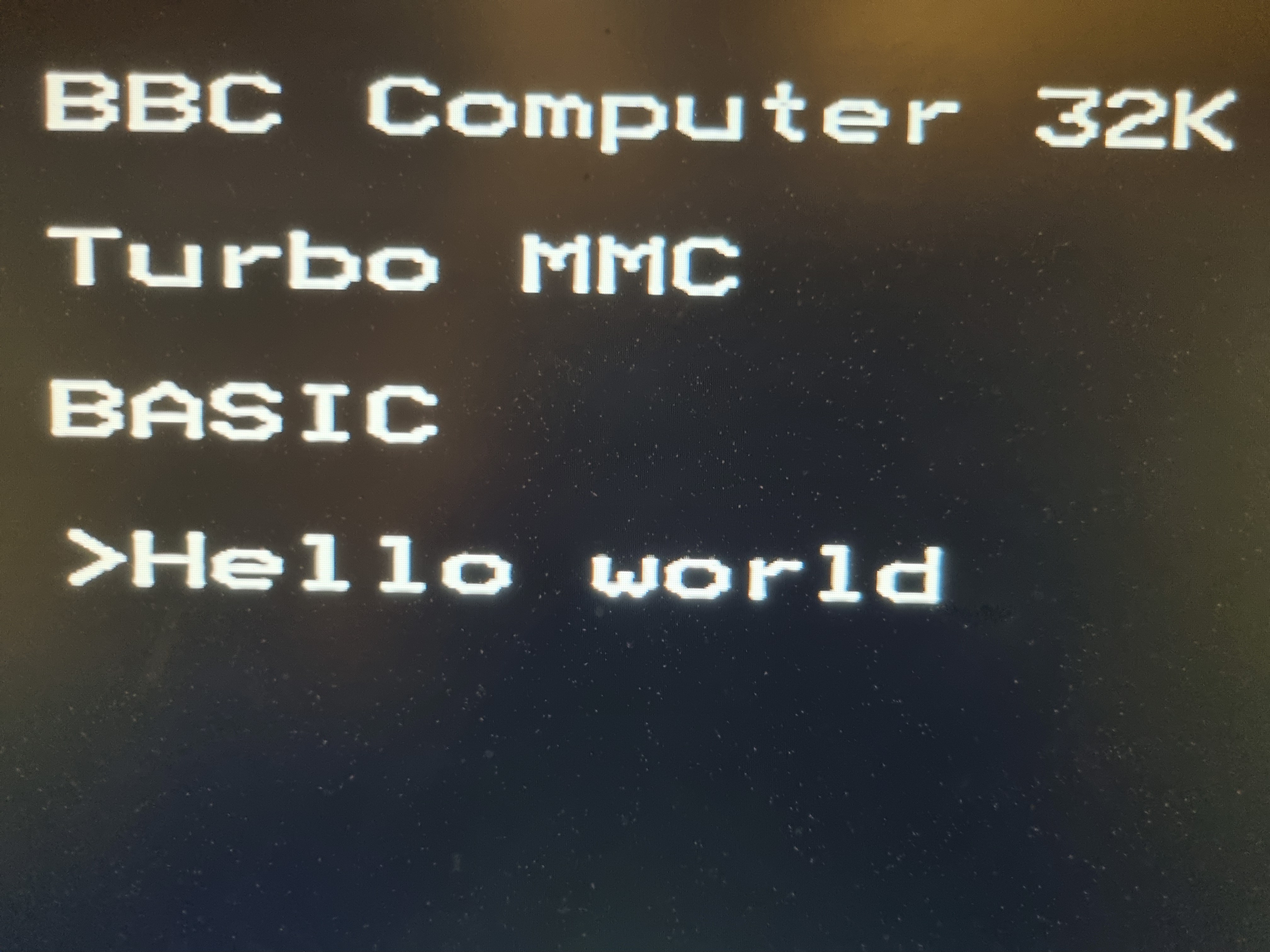-
Raspberry Pi second processor emulator
05/29/2024 at 01:57 • 0 commentsIntrigued by the promise of being able to emulate all the second processors, including the rare 32016, I bought the level-shifter board and a Pi-zero.
![]()
To do:
- Get the Pi-Zero being recognised as a second processor
- Get the BBC MMC interface working
- Load all the relevant disk files onto an SD card
- Get this Pi-zero working.
-
SD card interface
05/29/2024 at 01:51 • 0 commentsI bought this ages ago. So long ago I can't recall where I bought it or who invented it.
I fitted the ROM and the interface board. The ROM is recognised at boot up.
I have not actually used it, because I bought it to have a look at the circuit diagram and see how it worked.
![]()
It is basically bit-banged by the 6522. It does not use the 6522's shift register feature. Just voltage-level shifting and some local power decoupling. Not much, but it is certainly less time to earn the money to buy it than to make your own. Let alone write and debug the software.
One of these days I will get round to formatting a card and loading Elite onto it...
-
Video cabling
05/29/2024 at 01:49 • 0 commentsIt works with a composite video cable to my 15" CRT colour television.
2024-05-xx Ordered a SCART-to-HDMI upscaler.
2024-05-21 Ordered a BBC-to-SCART cable.
2024-05-27
Testing: works with SCART input of CRT television. Nostalgic glow around the characters.
![]()
Testing: works with SCART input of HDMI upscaler. No glow surrounding characters. The pixels are not perfectly square but that's not causing a problem. Overall quality better than the CRT TV because you have no glare and can't see the RGB sub-pixels (unless you are unfeasibly close). More noticeable is the dust on the screen.
![]()
The BBC micro display area in square(ish) pixels is up to 40 x 8 = 320 dots wide and 32 x 8 = 256 pixels high. The typical HDTV of 2024 is 1920 pixels wide (6 times wider in pixel count) and 1080 pixels high (4.21875 times higher). Multiplying the beeb's displayed pixels by four would give a 1280 x 1024 image with 28 pixel margins top and bottom, 320 pixels left and right. To get such pixel-perfect magnifications, one would be looking at an FPGA implementation, and then one might as well just use an emulator.
The HDMI upscaler does not display composite baseband video from a phono-to-SCART adaptor. This is because the SCART socket expects a control voltage on pin 16. Below 0.4 volts, it selects composite. Between 1 and 3 volts, it selects RGB.
To do: See if changing the voltage on pin 16 gets the upscaler working in each mode.
 Keith
Keith


